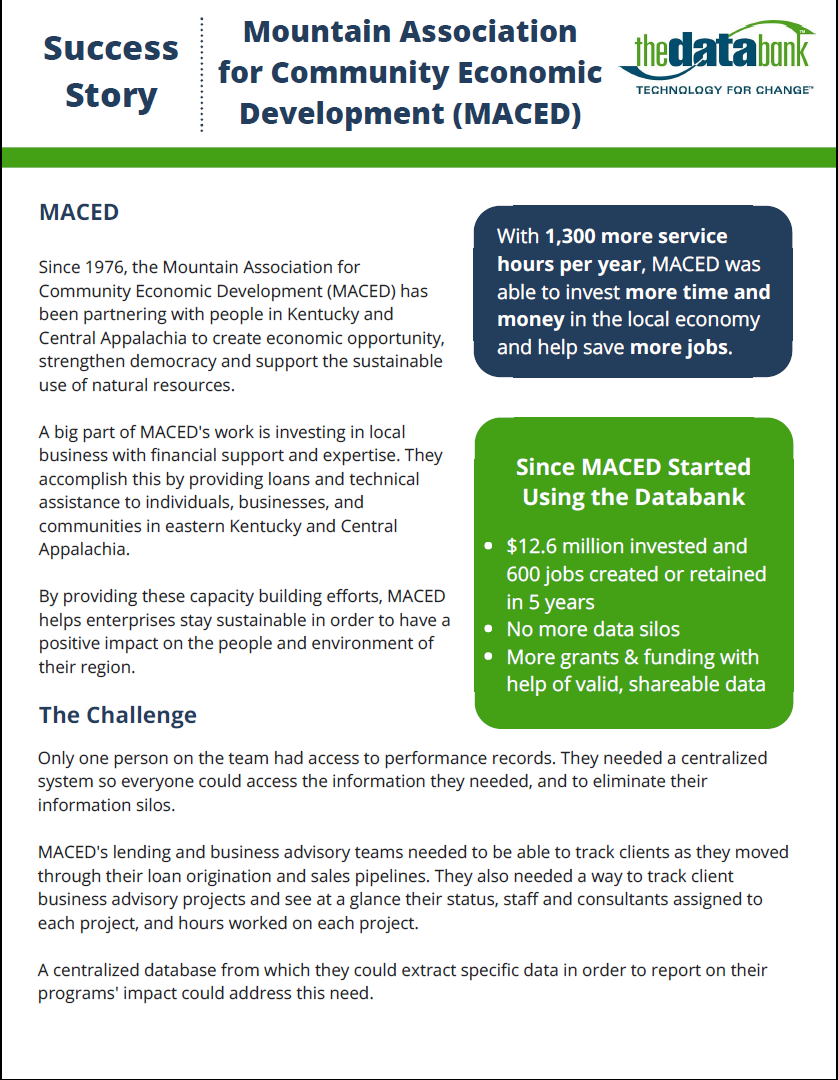With the year coming to an end, it’s time to look at your fundraising data from this year and recount your successes. It’s also a great time to look at what you might do better in the coming year. While your goals for the next year probably revolve around getting more donors and more money, one goal for the new year that will help you get there is to get better donation data. As you go over your data this year, what is it that you wish you knew about your donors or particular donations but aren’t currently tracking? I’m a strong advocate for link tracking, so here are my ideas:
Channel/Medium: What percentage of your donations come from mail? From email? From your website?
This can be one of the more difficult data points to track as it requires a consistent approach, an extra step when building links, and a tracking program on your website/ web properties (I like Google Analytics). The difficulty in tracking the channel is the fragmentation of channels: print, social media, email, etc. Not tracking the channel has even been named as the #1 Mistake Made with Tracking Social Media. To solve this fragmentation, you can add extra information to your links which tells your website what source these people used to get to your site.
Example: An address like www.ournonprofit.org/donate can not communicate this information to your site, but an address like http://www.ournonprofit.org/donate?utm_source=julynews&utm_medium=mail&utm_campaign=helpingheroes can transmit a great deal of information.
In this case the donor arrived at my donation page by from a mailed copy of my July Newsletter. You can hide the length of this URL with an URL shortening service like bit.ly or tinyurl.com: e.g. http://bit.ly/tfOyPl .
How would this work with a mailing though? You should then also be logging this source information in your database for any mailed in contributions.
Campaign: You organize your efforts, but are you tracking the results of those efforts?
If you are following the above prescription to track the channel of donation, you can also easily track the campaign of a donation by specially creating your link. What about when you receive a donation by mail? When sending your appeal make sure to include on your reply card a special campaign code that aligns with that effort. This does require a bit of extra data entry when entering the donations but will allow you some extra assurance when recounting your success.
Response Rate: Is it better to make a good impression or a lot of them?
With a mailing campaign, calculating your conversion rate is a straightforward affair as long as you include a reply device: divide the total number sent by the number of replies. What about online donations? On the face of it, the formula is the same: divide the total number sent by the number of replies. In the case of your online donation form, this would be the total number of visitors divided by the total number of donations. If you have implemented tracking by source and campaign, you can drill further down into your results to find out response rates for a particular campaign or a particular email.
Clients of thedatabank can implement these changes with a minimal amount of extra work by 1. Setting up Google Analytics for their donation form and 2. Using the integrated link builder for their emails.






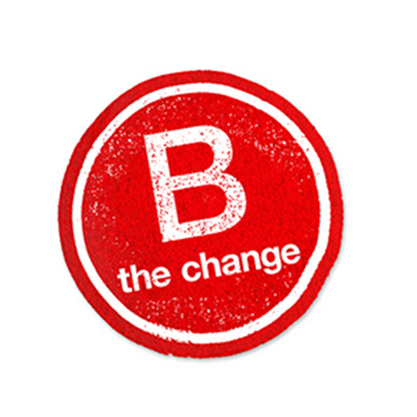






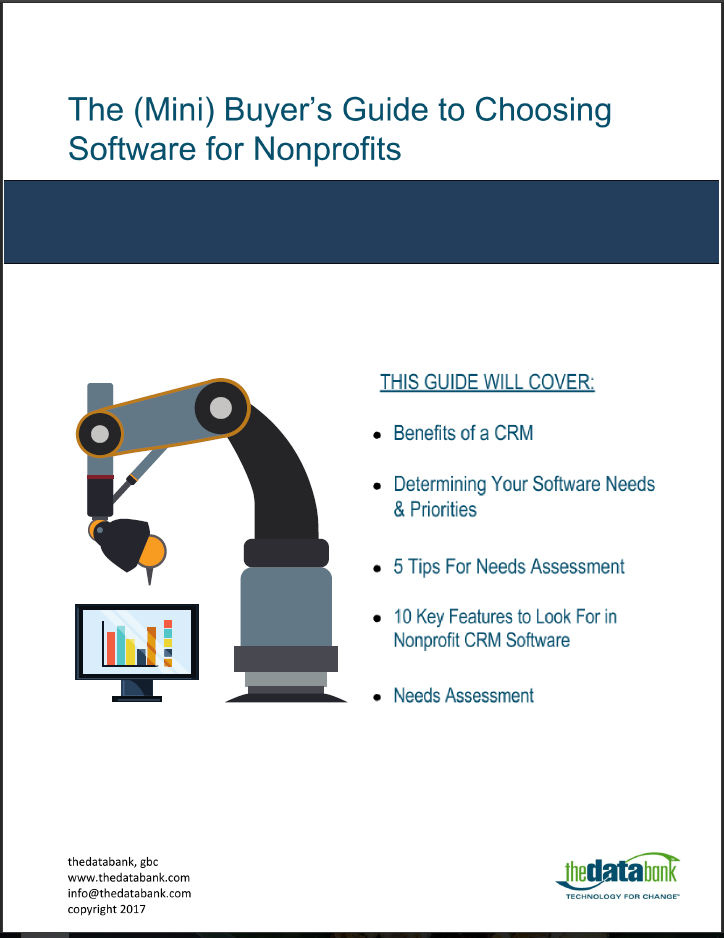
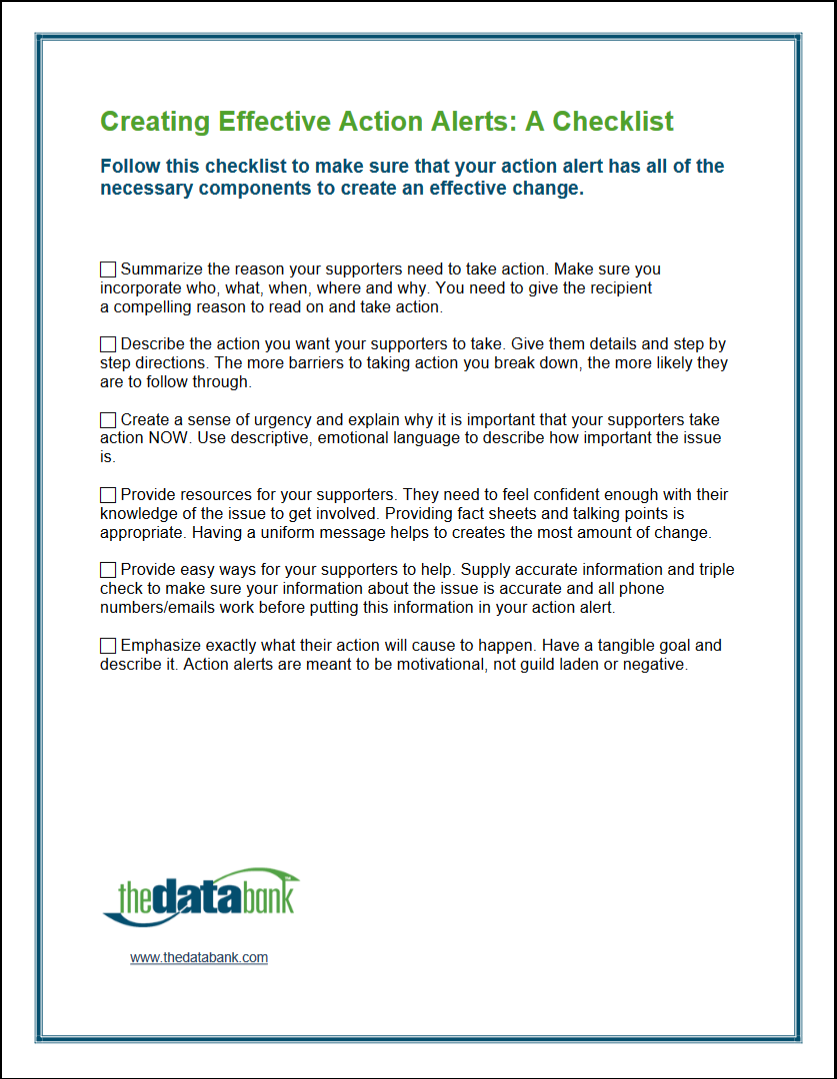

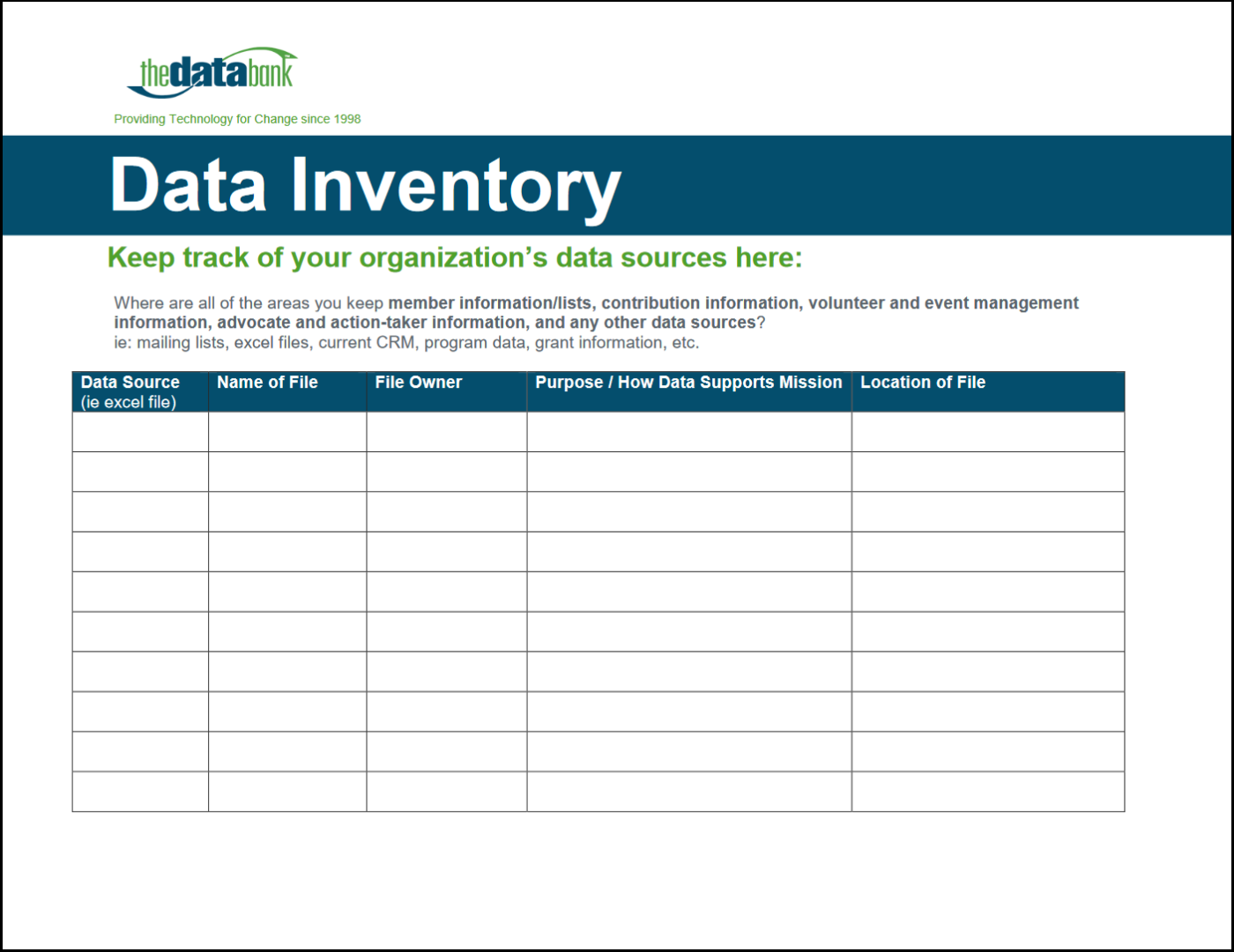




 thedatabank, gbc is technology for change, and we walk the talk.
thedatabank, gbc is technology for change, and we walk the talk. 